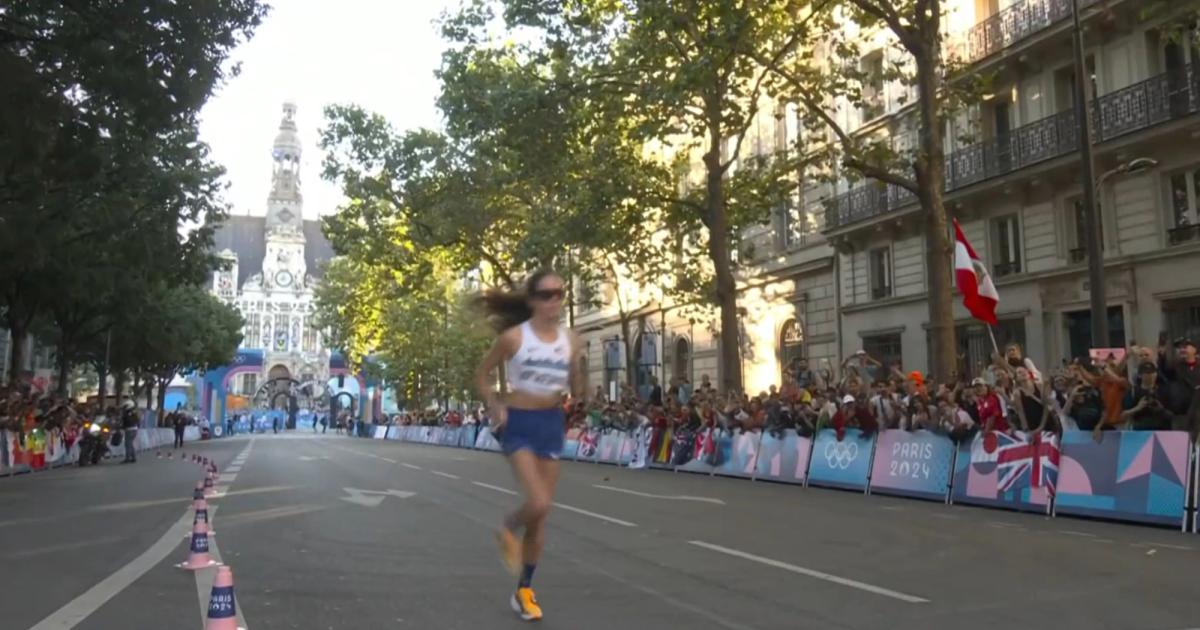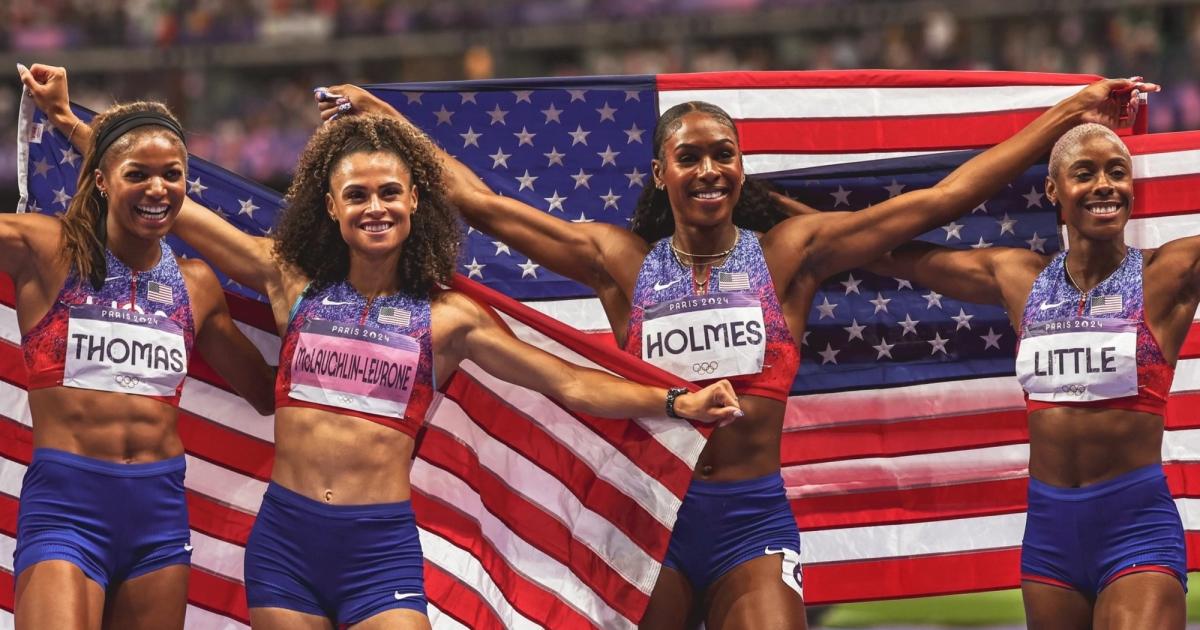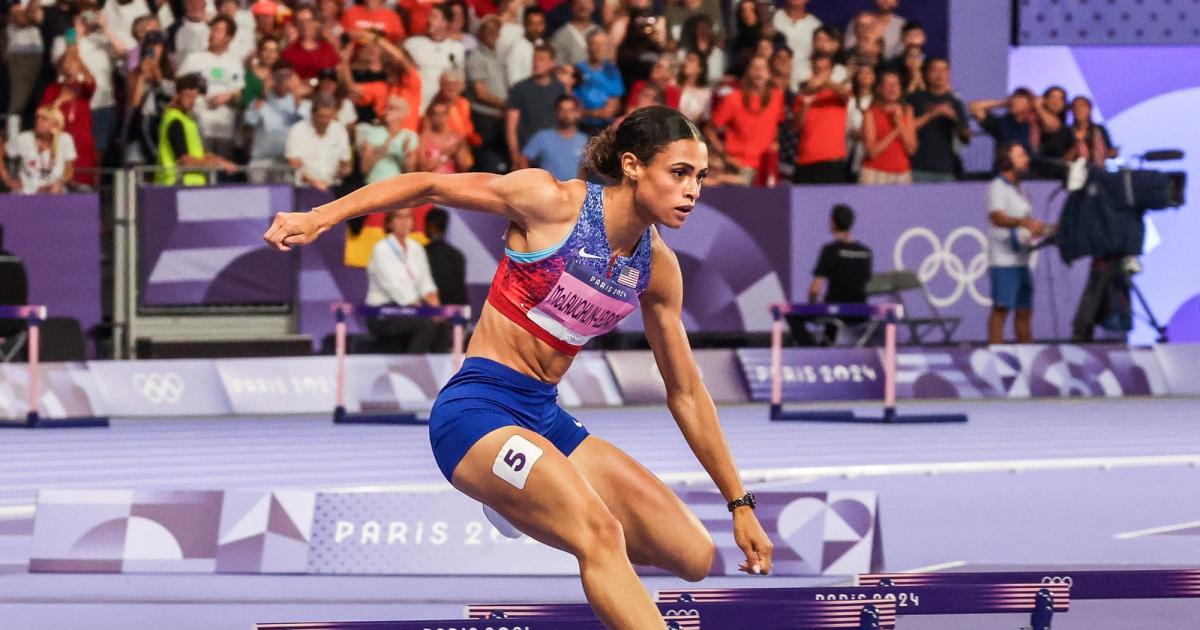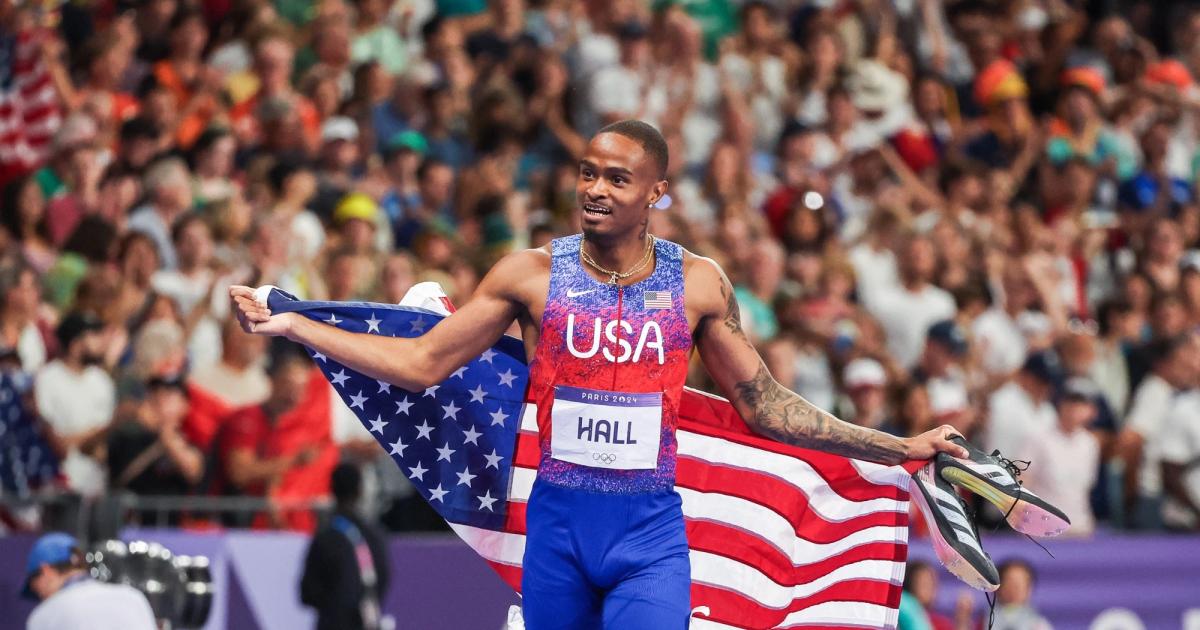By Citius Mag Staff
August 13, 2024
Fiona O'Keeffe's Olympic debut lasted less than 5K as the U.S. Olympic Marathon Trials champion limped off the starting line and dropped out early from the Olympic Marathon on Aug. 11.
Here's what you need to know:
– O'Keeffe had not raced much since running 31:03.46 at the Night of The 10K PBs in London in May. She withdrew from the NYRR Mini 10K in June due to a calf injury.
– Earlier in the week, Jess McClain (the fourth place finisher at the U.S. Olympic Marathon Trials) was flown in by USA Track and Field. Few specifics were given to her as to who she would replace on the U.S. Olympic Marathon team. As the week continued, it was evident that it could be O'Keeffe. Sisson had been in Paris and sharing videos and photos of her running in the days leading up to the race. Dakotah Lindwurm took part in a pre-race press conference with PUMA. O'Keeffe had not shared any updates from Paris in the lead-up to the race.
– On race day, O'Keeffe lined up toward the back of the pack and was clearly hurt as the race took off and the pack of women gapped her from the opening meters.

Screenshot via Peacock
– Lindwurm ended up being the top American with a 12th place finish in 2:26:45 after thriving on the hills and briefly pressing for the lead at the front of the race. American record holder Emily Sisson finished 23rd in 2:29:53.
Here's what O'Keeffe shared on social media after the race:
"Lasted about 30 seconds after dropping out of the race this morning and the waterworks hit. I wanted so badly to be able to represent Team USA to the best of my ability this morning, and I fell far short of that goal. Much as I wanted to show the fitness we worked so hard to cultivate over this block, what hurts most is feeling I’ve let people down. Just last Friday I had a great last track session and was feeling rock-solid, but over the weekend started feeling some tightness in my left hip that progressed quickly to pain in the following days. The team doctors assessed me Wednesday and determined that I should get an MRI, which came back clear. Since there was no fear of long-term damage, I remained optimistic and tried to wrap my head around competing on the Olympic stage. We had to take it day by day, and my body unfortunately didn’t come around in time.
The decision to start is not one I take lightly and was all mine. Unfortunately, by the time I had enough information to make a call, it was past the deadline to sub in an alternate. But I couldn’t let go of that sliver of hope that I’d wake up this morning and be good to go.
Thank you so much to everyone who’s reached out—your support means so much. My teammates, agent, sponsor, friends, coaches, family…I wish I could have done more today. Next time I line up, it will be with love and gratitude in my heart for all of you. For now, going to be looking for answers on the hip and how I can show up better next time.
Lastly, it’s been an honor to be a part of this Olympic team and witness incredible performances across the whole distance crew! So inspired watching Dakotah Lindwurm and Emily Sisson run with such heart today."
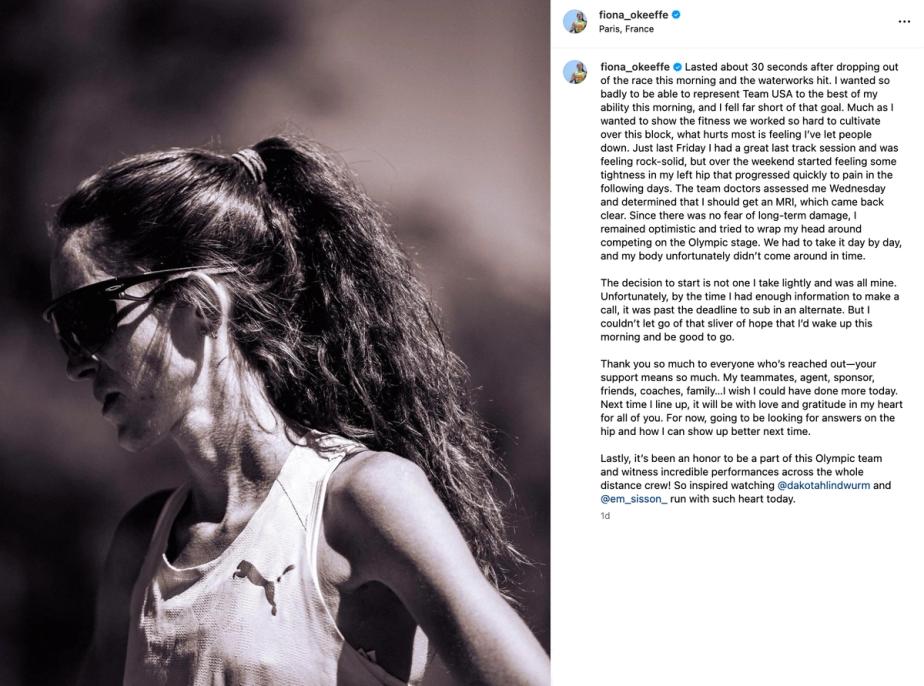
Screenshot Fiona O'Keeffe Instagram
On Tuesday morning, Kimbia Athletics – the agency that represents O'Keeffe – shared the following Q&A to various publications to share further details on her injury and the decision to race.
How did the lead-in to Paris go for you?
O'KEEFFE: The last five weeks or so leading into it, we got in a really solid training block up at Mammoth Lakes. I was logging good marathon mileage, getting in good long runs, getting ready for the hills. I was feeling good about the training and where I was at. Things weren’t perfect, but they never are and it was a good body of work that I was happy with.
When did the issue arise?
O'KEEFFE: I did my last real track workout on Friday (August 2) and that was a good workout. I felt strong, no issues, and then on Saturday on my run I started having a little bit of tightness in the left hip. I didn’t think too much of it, but then the next day, Sunday, it was worse during the run. I was supposed to run 90 minutes, I ended up running 80, but I thought: OK, we’re just being smart. But then walking around the rest of the day didn’t feel very good so that’s when it started. We decided to come back to Paris. We were up in Strasbourg. We came back to see the doctors and physio and try to get ready for the race.
What did they tell you?
O'KEEFFE: That’s the thing that’s a little confusing. It feels like nobody’s been able to pinpoint it so far. I’ve seen several different people and the Physios seem to mainly think it was an issue of how my hips were aligned and I had an ongoing tight calf so it was possibly compensation because it was on the opposite side. That’s the best explanation I’ve been able to get. Later in the week, I did end up seeing the USATF doctor and getting an MRI done and their read on the MRI was it was clear there was no evidence of muscular damage or anything in the bone. So going off that information, it was like: OK, based on the information we have, there’s not going to be further damage from running on it so we may as well try and see what’s possible.
On those final days, were you able to run?
O'KEEFFE: Yeah, I was able to run some. It was definitely not pain-free, but I got a couple more treatments. The last one was Friday morning and I felt quite a bit better walking out of that office so we were thinking: OK, we’ll take the rest of Friday off, see how that treatment settles, hopefully it sets in overnight. Then the next day we’ll run and hopefully we’re good to go. So I did run Saturday morning, just a couple of miles and it wasn’t very good, honestly. But the deadline to declare or not for the race was Friday evening. The deadline had passed and it would have been too late to sub in an alternate at that stage and I was like: OK, if this is a nerve or something, maybe it’ll respond and I’ll wake up on race morning and it’ll settle down a little way into the race or maybe I’ll wake up and it’ll feel different. I didn’t want to have that regret of not having tried and not having given myself a chance.
The morning of the race and in the race itself, what were you feeling?
O'KEEFFE: It was really painful. It felt like my body wouldn’t let me run the way I needed to from the get-go. I did a short warm-up and I didn’t feel like there was much point in continuing on if I wasn’t able to compete effectively. I think I made it about a mile into the race and we knew it was definitely possible I would drop out, I thought I’d do it a little later on if so, but it was trying to make a smart call for the day and for the upcoming months.
What’s your next step from here?
O'KEEFFE: I need to figure out what exactly is going on with my body because I feel like I don’t have the answers. I need to know what the best treatment approach is. I was going to take time off now anyway with it being after a marathon, so it’s a good time to reset and start assessing how I can train better in the future so I can get to the start line fully healthy and ready to go.
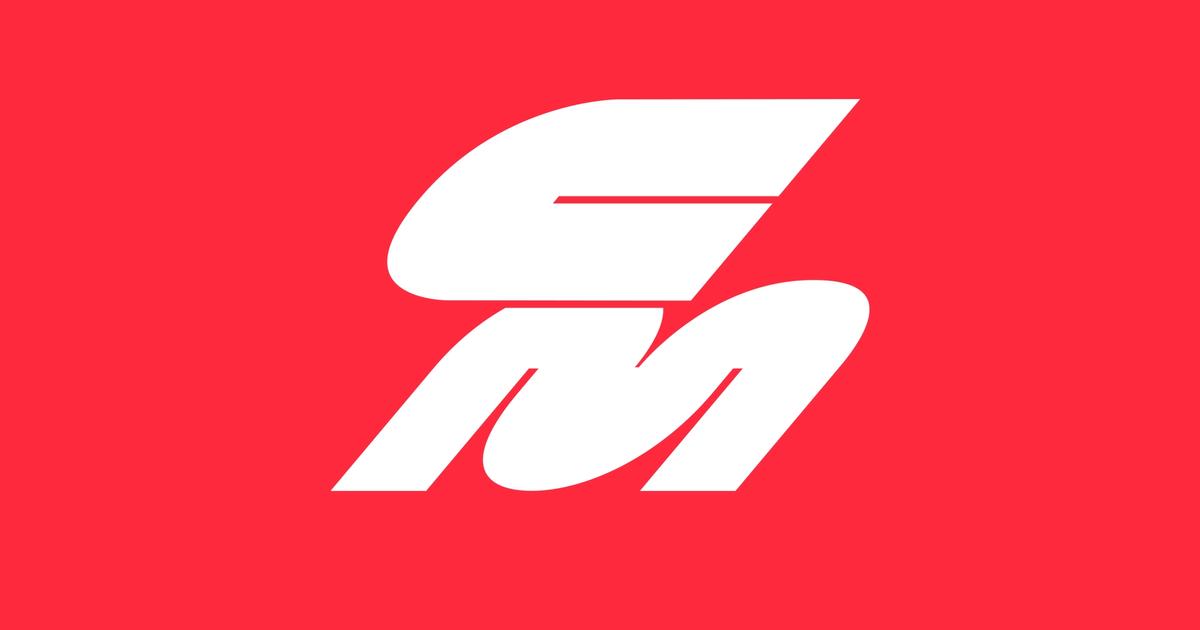
Citius Mag Staff
